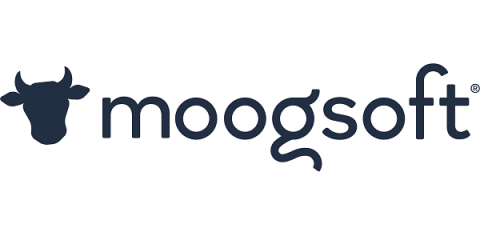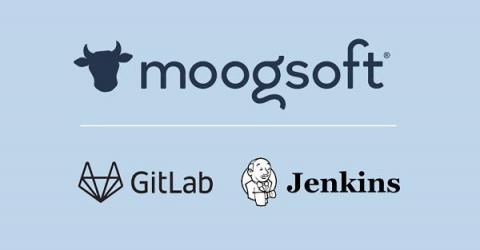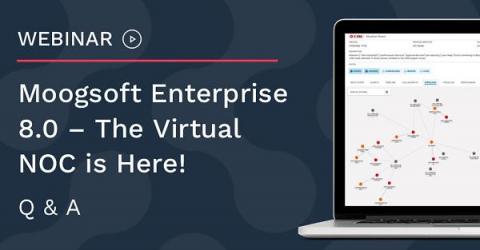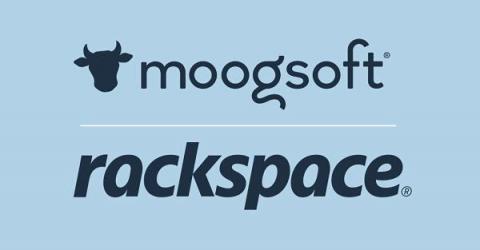Testcontainers for Containerized Integration Testing at Moogsoft
Here at Moogsoft, we take quality seriously and one of the most important goals for our test suites is to catch issues early on in the development process. A lot of our automated tests are integrated into our CI/CD (Continuous Integration/Continuous Deployment) pipeline as gates that can block a merge request with quality issues. Therefore, to ensure stable CI/CD pipelines as well as quick and quality releases to production, it is important to have tests that are stable and lightweight.





